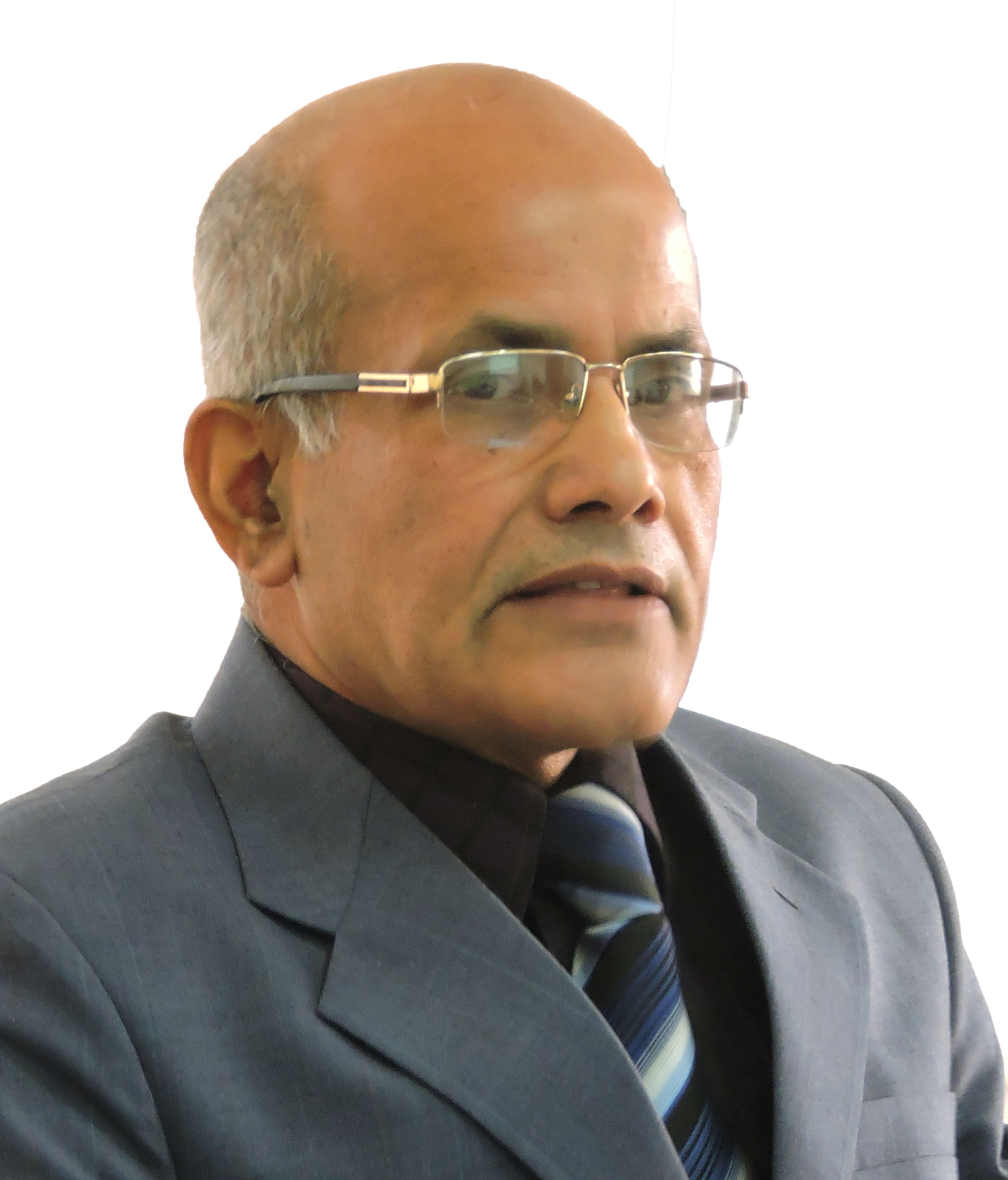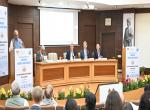In Nepal, people suffered most during the nationwide lockdown that was imposed in the country almost six months ago on March 24. Nevertheless, COVID-19 cases keep on spreading in different parts of the country. There were only two COVID-19 cases in the country till March 24 when the nationwide lockdown was announced, but after four months on July 21, the number of such cases shot up to 17,000 when the lockdown was partially lifted.
However, individual districts again started imposing curfew/lockdown/sealing of sensitive areas after the COVID-19 infections started spreading. As of on September 22, the number of COVID-19 tallies peaked to 66,632 and the death toll to 429.
The government of Nepal introduced unlock plan effectively from September 17 to normalize the lives of the people. It is likely to give some relief to the people ahead of the major festivals like Dasain (Vijaya Dashami) and Tihar (Diwali). On these occasions, people travel to faraway places in the country on a large scale.
Under the unlock plan, the domestic airlines have started their flights to different destinations in the country from September 21 with certain safety measures to avoid the spread of COVID-19. Also, the scheduled international flights are likely to operate from October.
The long-distance public ground transport services have already been made operational from September 17. The odd-even rule is being applied for both the public and private vehicles in Kathmandu Valley. All such services were suspended after the outbreak of COVID-19 cases in the country from late March.
At the beginning of July, a decision had been made by the Nepal government to resume the services of short-distance public transport, but soon afterwards the local administration in different districts stopped all the transport services fearing the spread of COVID-19 cases.
To promote the tourism industry, the expeditions in the mountain areas have been allowed. Hotels and restaurants have been opened with certain safety protocols. Trekking and mountaineering activities for the foreigners are likely to begin from October 1.
Nevertheless, the educational institutions, cinema halls, dance bars, beauty parlours and swimming pools would remain closed to avoid the spread of COVID-19. Also, the religious sites and shrines, footballs, zoos and library are shut for the public.
To contain the coronavirus cases, Nepal sealed its border with India in the same way as it sealed its border with China from March 24. It also cancelled all domestic and international air flights, including with India and China. Such steps were taken to curb the movement of people from one country to the other in its efforts to control coronavirus cases.
Even during the lockdown period, the supply of essential commodities from India through the Nepal-India border continued unabated. However, Nepal’s two main border points known for trade with China, including the Rasuwagadhi-Kerung and Tatopani-Khasa remain closed since late January. As such,1,000 cargo trucks loaded with imported goods are stuck in Kerung border point as the Chinese authorities are reluctant to reopen this border point fearing the growth of coronavirus cases from Nepal to China.
Since March 24 when the nationwide lockdown began in the country to contain the spread of coronavirus, all important sectors of the national economy are hardest hit. Because of the closure of the industries, tourism, educational institutions, and transport services, hundreds of thousands of people lost their jobs. Border inhabitants living on both sides of Nepal-India border suffered miserably due to the closure of the border as they are not allowed to cross the border for economic, social, cultural, educational, health and other activities.
A study on “Rapid Assessment of the Social and Economic Impacts of COVID-19 on the vulnerable groups in Nepal” commissioned by the UN Development Programme in Nepal shows that the pandemic has not only disrupted the supply chains but it also severely impacted small and informal entities and increased the poverty as many people lost jobs and income. In Nepal, three out of five employees seem to be losing their jobs in 2020.
Because of the pandemic, there will be a fall in the tourism receipts by 60 percent. Foreign currency earnings will fall by US$ 400 million. The remittances will fall between 15 and 20 per cent. And, the GDP growth is likely to fall below 2.5 per cent, which was projected to grow to 8.5 per cent in 2019-20.
It is challenging to contain the spread of COVID-19 cases as several townships are densely populated. In cities like Birgunj, Kathmandu, Lalitpur and Bhaktapur, the dense housing arrangements have become a channel to spreading the virus.
Under the lockdown period, adequate planning had to be made to prepare the healthcare facilities given the possibility of a surge in pandemic cases in the country. But not much could be achieved in enhancing the number of healthcare providers and equipping them with PCR kit.
On the occasion of Dasain and Tihar, nearly two million people from Kathmandu leave for their hometowns. Those people again return to Kathmandu after the festivals end. Because of the over-crowded buses during such festive seasons, the passengers are mostly squeezed. It is, therefore, doubtful if the health protocol for the buses to carry only half of their total seats will be maintained. So, the possibilities of coronavirus to travel from cities to different parts of the country are high.
During the unlocking period, the responsibilities of both the government and the people grow manyfold. Sufficient care should be taken to see that people don’t gather at any particular place even for economic or any other activities. Such measures as social distancing and mask-wearing should be further promoted. The number ofquarantine facilities, isolation wards and ventilatorsneed to be increased to cope with the demand in each of the seven provinces in the country. Equally important is to promote contract tracing and conduct PCR tests on a mass scale. In the unlocking period in which all important sectors have been opened at a time, some of these measures would not only help contain coronavirus cases but they would also provide opportunities to the people to engage themselves in gainful economic activities.
(The paper is the author’s individual scholastic articulation. The author certifies that the article/paper is original in content, unpublished and it has not been submitted for publication/web upload elsewhere, and that the facts and figures quoted are duly referenced, as needed, and are believed to be correct). (The paper does not necessarily represent the organisational stance... More >>
Image Source: https://i.ytimg.com/vi/UIHvSY2ypOQ/maxresdefault.jpg











Post new comment